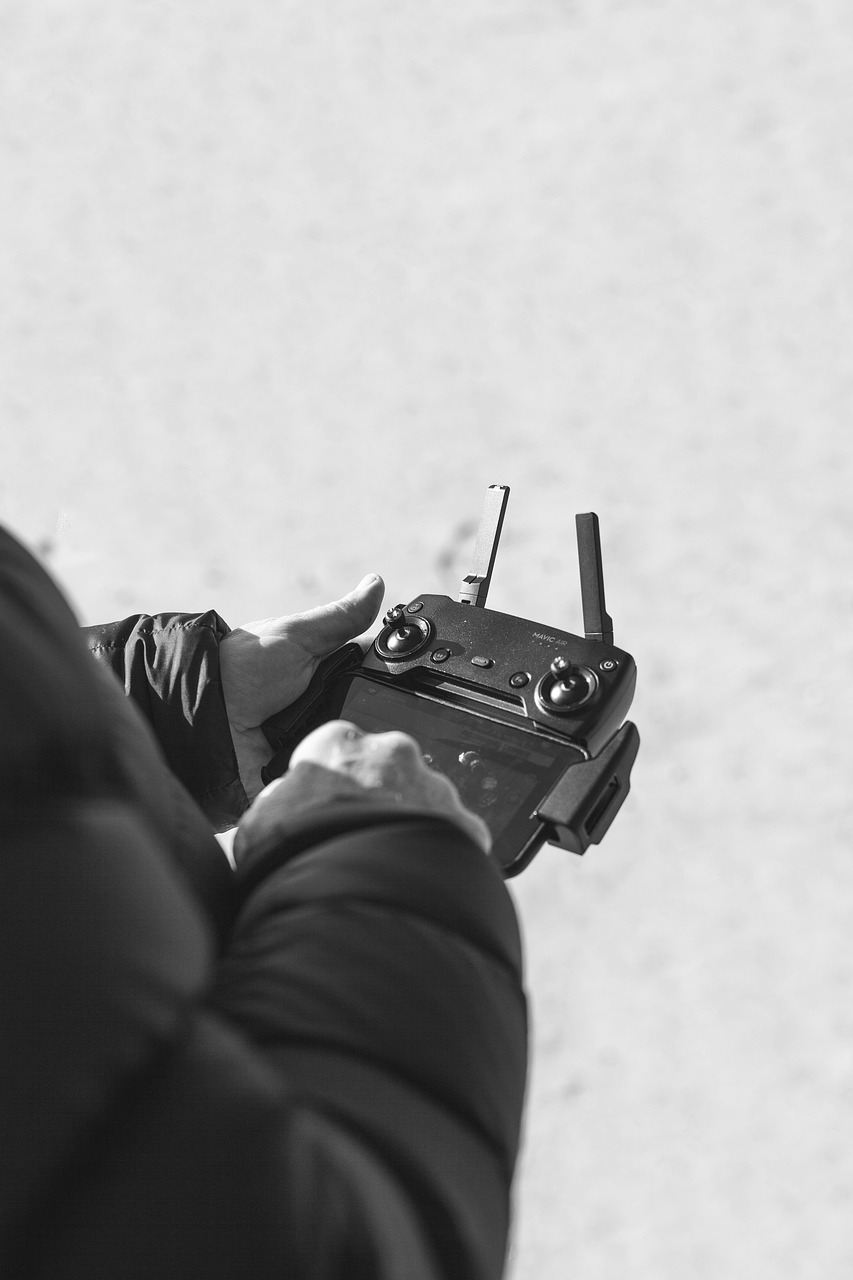Pioneering the Sky: The Rising Influence of Drone-Based Telecommunication Systems
As the world continues to digitize, innovative solutions to connectivity challenges keep popping up on the horizon. One such solution, relatively less explored but brimming with potential, is drone-based telecommunication systems. With their ability to provide connectivity in difficult terrains and during emergencies, drones are set to play a crucial role in the next wave of telecommunication evolution.

Drones in Telecommunications: A Historical Context
Telecommunication drones, also known as aerial base stations, have been around for more than a decade. The concept was born out of the need for temporary network coverage in remote locations, disaster-stricken regions, and large-scale events. In 2007, AeroVironment, a leading drone manufacturer, partnered with telecom operator Verizon to test the use of drones as flying cell towers. The successful test sparked a revolution, and since then, telecom giants like AT&T and Vodafone have followed suit, investing heavily in drone-based technology.
The Present State: Current Trends and Developments
Drone-based telecom systems are no longer just a concept; they are being actively tested and deployed across the world. AT&T’s Flying COW (Cell on Wings) project is a prime example of current implementations. These drones provide emergency network coverage in disaster-stricken areas, ensuring uninterrupted communication. On a different note, Alphabet’s Project Loon and Facebook’s Aquila aimed at providing internet access to remote areas using high-altitude platforms. Although both projects were discontinued, they paved the way for future developments in this space.
Impact and Applications
Drone-based telecom systems can solve a multitude of connectivity challenges. In disaster situations, they can provide emergency communication services, ensuring that relief efforts run smoothly. For remote and rural communities with limited network infrastructure, drones can deliver temporary internet coverage. Furthermore, they can provide additional network capacity during large events when the existing infrastructure is overwhelmed.
Challenges
Despite their potential, drone-based systems face several hurdles. Regulatory approval for drone flights, especially in urban areas, is a significant challenge. Moreover, the technology to install and operate telecom equipment on drones is still maturing. Battery life is another concern; currently, drones can only stay airborne for a limited time, which limits their usability.
Looking Ahead: The Future of Drone-Based Telecom Systems
The future of drone-based telecom systems looks promising, despite the challenges. Advances in battery technology and lighter materials can extend the drones’ flight time. Moreover, regulatory bodies worldwide are warming up to the idea of drone-based services. As our need for ubiquitous connectivity grows, drone-based telecom systems hold the promise to bridge the gap between the connected and the unconnected.
In conclusion, drone-based telecom systems are an exciting and innovative solution to current and future connectivity challenges. As the technology matures and regulatory barriers are overcome, we can expect to see more of these flying cell towers in our skies, ensuring that no one is left disconnected in our increasingly digital world.




